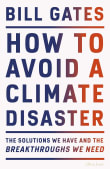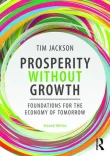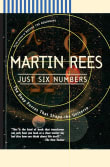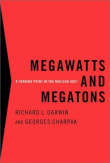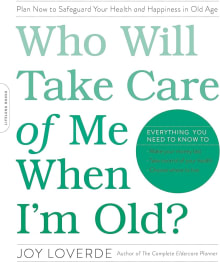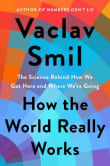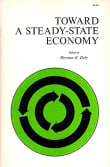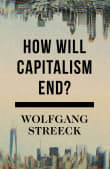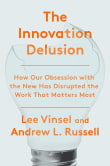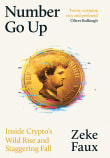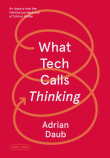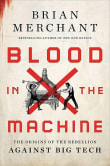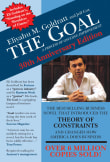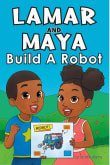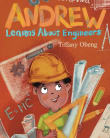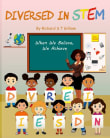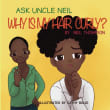How the World Really Works

Book description
'There is no author whose books I look forward to more than Vaclav Smil' Bill Gates
__________
We have never had so much information at our fingertips and yet most of us don't know how the world really works. This book explains seven of the most fundamental realities governing our…
Why read it?
3 authors picked How the World Really Works as one of their favorite books. Why do they recommend it?

My understanding of how the world works has been greatly influenced by my study of economics. However, economists often make overly optimistic assumptions about technology and resources that are not grounded in fact and experience.
Smil's book on how the world really works is a powerful antidote to the wishful thinking of those, not just economists, who believe that technology will solve the problems of overshoot, poverty, inequality, conflict, and whatever else may be ailing us.
I love Smil's grasp of physical, biological, and technological fundamentals and his ability to communicate his wisdom about how the world really works simply…
From Peter's list on how to transition to a post growth society.

Numbers really matter if you are trying to understand how complex societies organize themselves. We would think very differently (or not at all!) if the planet's population was seven million, not seven billion.
I really appreciate how Smil takes the big picture and then breaks it down into manageable bites with all-important numbers: where do we get our energy, where do we get our food, and what are the critical materials we need? That last topic may surprise you. He comes up with four: ammonia, cement, steel, and plastics. And ammonia tops the list for its impact on food production.…
From Christopher's list on climate change powering the planet in 21st century.

Climate change is a hot topic, and so many gurus start writing about it regardless of expertise.
By making extreme claims, backed by selectively-quoted evidence, they can attract attention. The prevailing narrative is that decarbonisation would be easy if we just stop focusing on profits. Smil, an environmental scientist, points out that it’s not that simple. Steel, ammonia, cement, and plastics are “the four material pillars of modern civilisation” and they are inevitably carbon intensive.
We face a difficult trade-off between stunting the economic growth of developing countries, potentially permanently, and allowing the planet to warm, likely irreversibly.
If you love How the World Really Works...
Want books like How the World Really Works?
Our community of 12,000+ authors has personally recommended 100 books like How the World Really Works.

